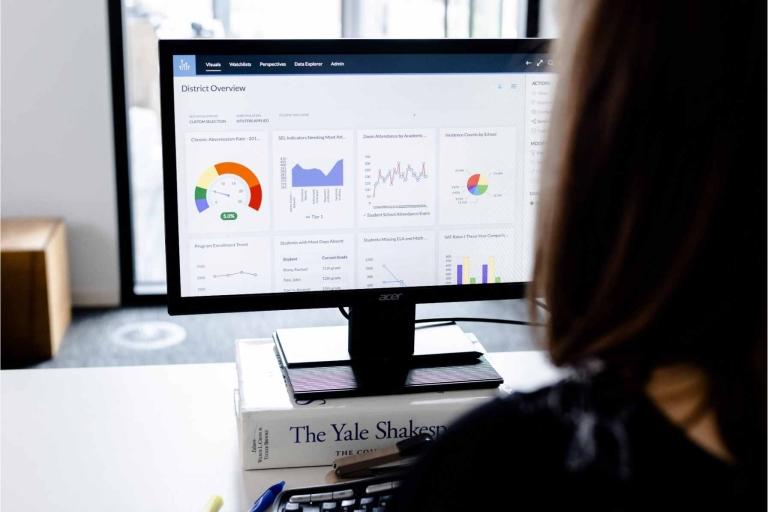The Instructure open-source strategy is simple: open source is necessary but not sufficient to fulfill the needs of this market. The market also needs mission-critical, enterprise level support – and not just any kind of support, but support from the core developers of the product itself.
When I think about dual-licensed software, it makes me
happy inside.
When people think of open source LMS, they usually think about Moodle and Sakai. These are great systems – and we salute them for the work they've done in this market, but we believe that without a commercial entity driving development, sales, support and innovation, the market ultimately suffers. It's the balance between the value of openness and the requirement of mission-critical solution based development and support. Merely adopting an open source project and then offering it as a Software as a Service (SaaS) solution may provide support, but when the chips are down, critical bug fixes, integration and innovation only come out of the folks that own the technology.
So, at Instructure, we've adopted a simple model. We own the technology – but we have open-sourced it. This is managed by maintaining and developing one source code tree, but offering two licenses.
The open source license is out there for the world to audit, use and augment, but the commercial license is what we sell and support. With the commercial license, we are able to migrate your courses, we integrate with your SIS and we advance your institution into the 21st century of learning management technology. The commercial license is the basis for the Canvas Cloud solution as well, which is the easiest, most scalable way to utilize our technology.
This dual-licensing model allows us to make a serious commitment to openness, but at the same time have a stable and profitable business to support real change in the industry.
Ask yourself – would you rather have a closed system owned by a commercial entity, or an open system not owned by anyone? It's not an obvious choice – both approaches have their positives and negatives.
So, doesn't it make sense to take the best of both worlds?
Keep learning,
-josh
Related Content
 inst-3step.jpg
inst-3step.jpgBlogs
 13lmsfeaturesthatbenefitstudentlearning.jpg
13lmsfeaturesthatbenefitstudentlearning.jpgBlogs
 community-homepage.jpg
community-homepage.jpgBlogs